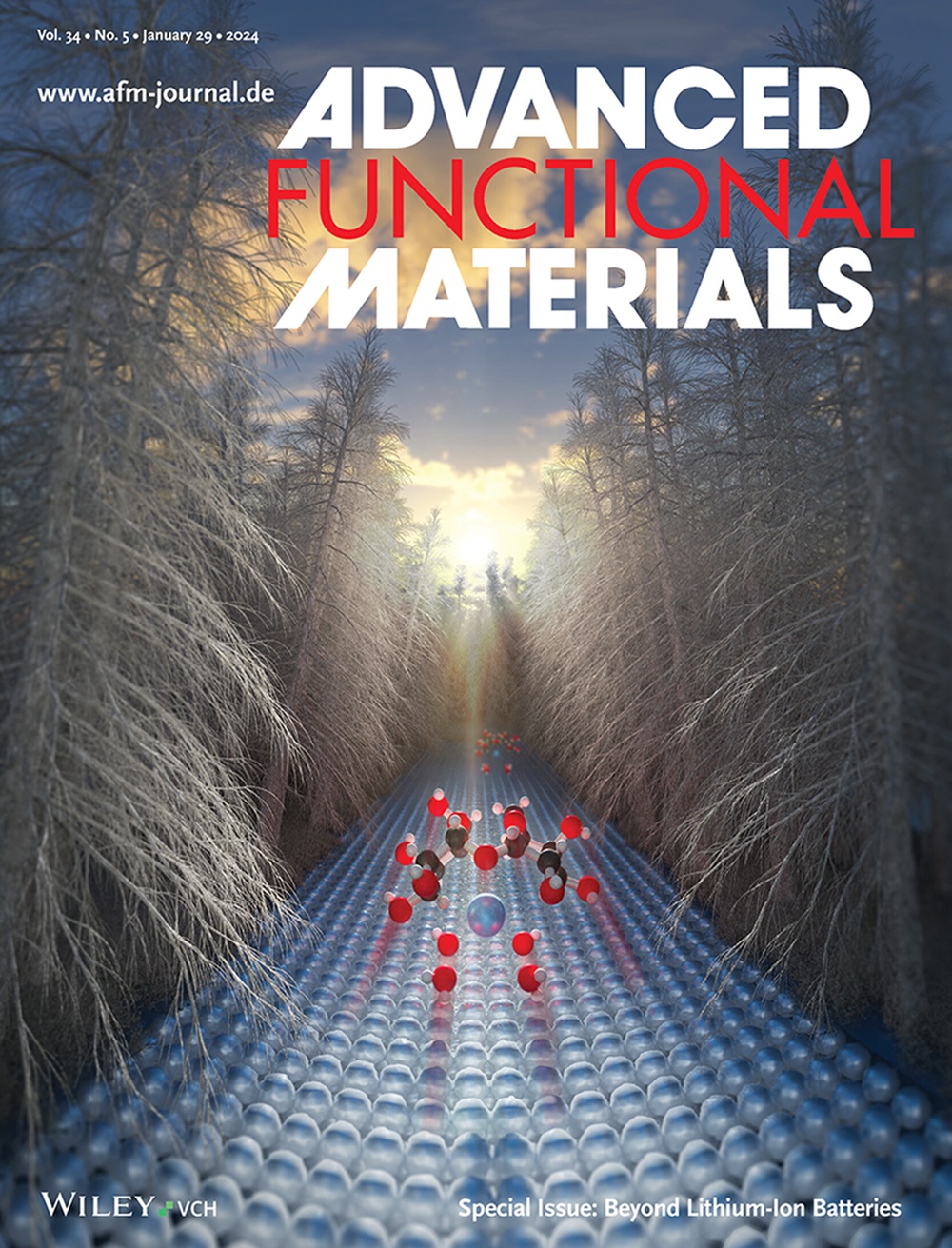Mom and Baby Wellness with a Smart Lactation Pad: A Wearable Sensor-Embedded Lactation Pad for on-Body Quantification of Glucose in Breast Milk
IF 18.5
1区 材料科学
Q1 CHEMISTRY, MULTIDISCIPLINARY
引用次数: 0
Abstract
Wearable sensors are transforming healthcare by facilitating rapid, non-invasive, on-body biochemical analysis in biofluids such as sweat, tears, saliva, and blood, providing real-time insights into health conditions. Despite extensive academic and industrial efforts in developing wearable devices, very few are tailored to meet women's health needs. None are specifically designed for measurements in human breast milk. Beyond being the optimal source of infant nutrition, milk serves as a rich biofluid containing potential biomarkers reflecting a mother's health as well. Analyzing the composition of milk offers valuable information for the health of the infant, and the mother. This work pioneers a wearable sensor embedded in a lactation pad for on-body sampling of breast milk and continuous analysis of glucose levels in breast milk. Lactation pads are worn by most lactating individuals to absorb milk leakage during the day, and keep the cloth dry. In this work, by integrating microfluidic channels and electrochemical sensors in the lactation pad, milk sampling and analysis becomes part of an existing daily routine for the mother, posing no additional burden for milk sampling and analysis. The electrochemical sensors are developed using laser-induced carbonization of polyimide thin films, allowing for development of flexible, low-cost, and high-surface area electrodes. Glucose sensing is done via an enzymatic membrane composed of glucose oxidase, glutaraldehyde, bovine serum albumin, and Nafion to achieve enhanced enzyme protection and extended biosensor shelf life and operation in milk. Notably, the wearable device demonstrates high accuracy (96.8 to 104.1%) in measurement of glucose in whole undiluted human milk, collected 1st, 6th, and 12th months postpartum. This innovative smart lactation pad empowers mothers to track their babies' glucose intake and potentially identify early signs of health concerns.

可穿戴传感器可对汗液、泪液、唾液和血液等生物流体进行快速、无创、体外生化分析,实时了解健康状况,从而改变医疗保健。尽管学术界和工业界在开发可穿戴设备方面做出了大量努力,但专为满足女性健康需求而设计的设备却寥寥无几。没有一款是专门为测量母乳而设计的。母乳不仅是婴儿营养的最佳来源,还是一种丰富的生物流体,含有反映母亲健康状况的潜在生物标志物。分析母乳的成分可为婴儿和母亲的健康提供有价值的信息。这项研究首创了一种嵌入哺乳垫的可穿戴传感器,用于对母乳进行体外采样,并对母乳中的葡萄糖水平进行连续分析。大多数哺乳期妇女都会佩戴授乳垫,以吸收白天渗漏的乳汁,并保持布料干燥。在这项工作中,通过在哺乳垫中集成微流控通道和电化学传感器,母乳采样和分析成为母亲现有日常工作的一部分,不会给母乳采样和分析带来额外负担。电化学传感器是利用聚酰亚胺薄膜的激光诱导碳化技术开发的,从而实现了柔性、低成本和高表面积电极的开发。葡萄糖传感是通过由葡萄糖氧化酶、戊二醛、牛血清白蛋白和 Nafion 组成的酶膜实现的,以加强酶保护,延长生物传感器在牛奶中的保质期和工作时间。值得注意的是,该可穿戴设备在产后第 1、6 和 12 个月收集的未稀释母乳中测量葡萄糖的准确度很高(96.8% 至 104.1%)。这款创新型智能哺乳垫使母亲们能够跟踪婴儿的葡萄糖摄入量,并有可能发现健康问题的早期征兆。
本文章由计算机程序翻译,如有差异,请以英文原文为准。
求助全文
约1分钟内获得全文
求助全文
来源期刊

Advanced Functional Materials
工程技术-材料科学:综合
CiteScore
29.50
自引率
4.20%
发文量
2086
审稿时长
2.1 months
期刊介绍:
Firmly established as a top-tier materials science journal, Advanced Functional Materials reports breakthrough research in all aspects of materials science, including nanotechnology, chemistry, physics, and biology every week.
Advanced Functional Materials is known for its rapid and fair peer review, quality content, and high impact, making it the first choice of the international materials science community.
 求助内容:
求助内容: 应助结果提醒方式:
应助结果提醒方式:


